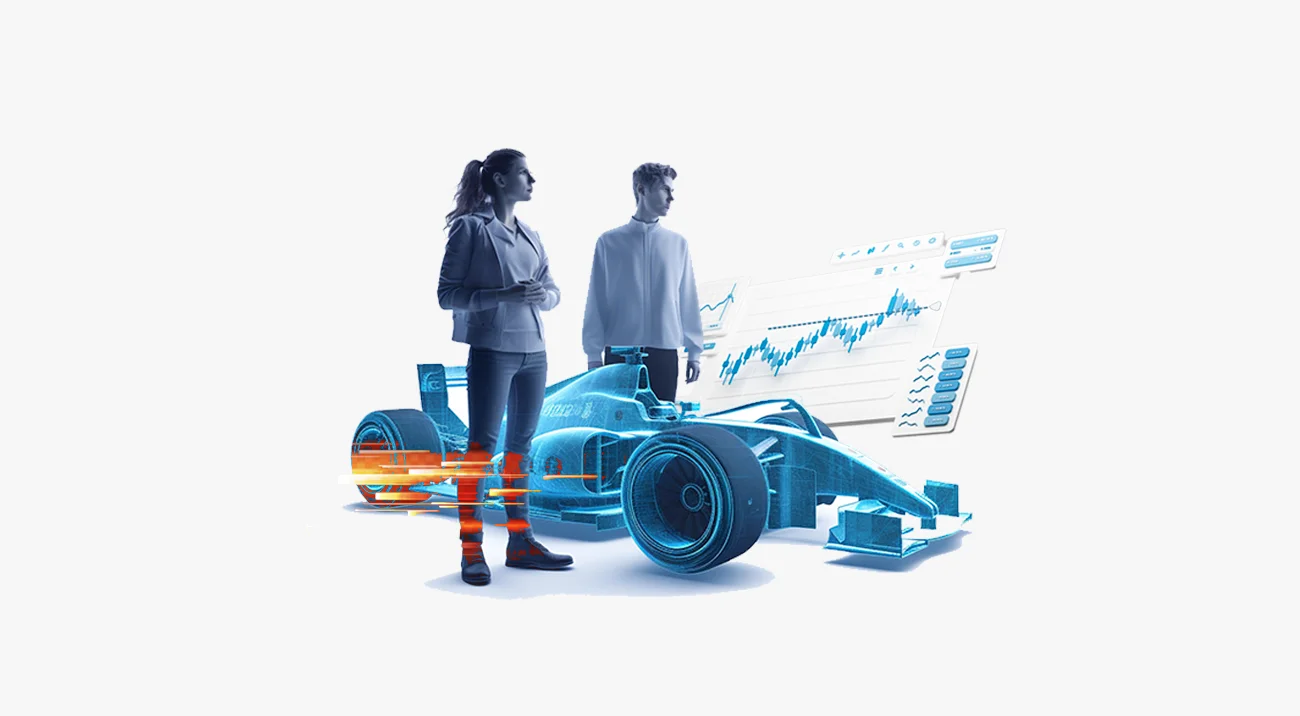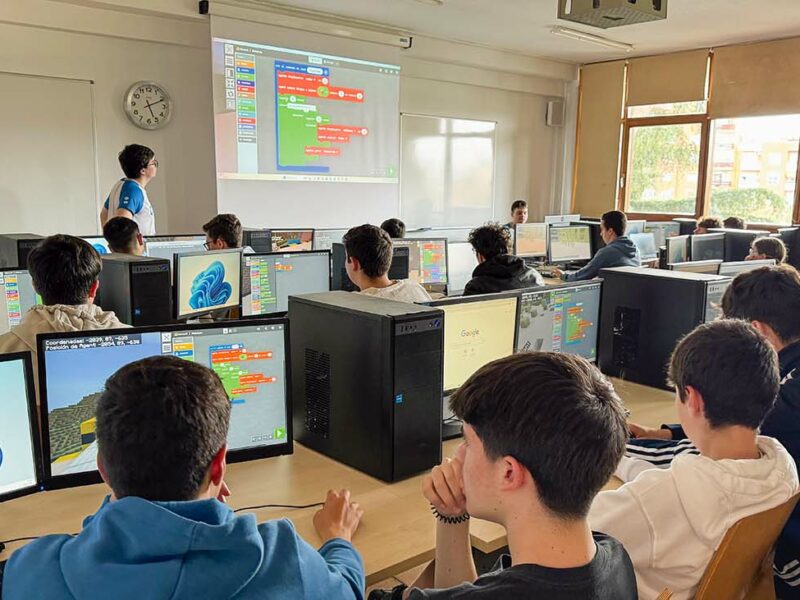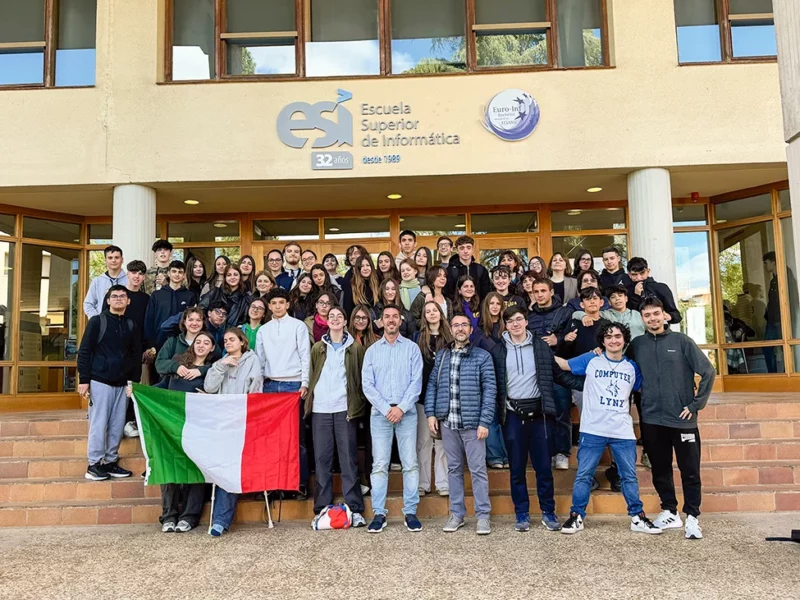ESImulator winning project in the 2023 participatory budget
The voting period has ended participatory budget 2023, we proceed to announce that the project ESImulator: ESI driving simulator, has won the vote with 2.66 votes, surpassing the second project, Laboratorio 8/5, which obtained 2.23 points.
The participatory budget of the ESI for the year 2023 is €4.000, being the third consecutive year in which this formula is applied. The participation of staff and students in the presentation of proposals and voting on projects allows for greater involvement of the university community in decision-making and in the allocation of resources to improve the academic experience.
About the winning project
ESImulator composed of: Cockpit (chassis + bucket) + Hoop + Pedals + DDR Base + Monitor + Computer
The objective of the ESImulator comprehensive project is the configuration and exploitation of a test bench and multidisciplinary developments where different actions and themes can be integrated within the field of computing. In order for this objective to be carried out, it is considered that there must be a set of actions that, although diverse, can be framed within a single, clear and well-defined activity. For this reason it is considered that the simulation, and within it, the driving simulation can offer a unique and concrete framework suitable for the project.
The simulation offers the possibility of:
- Carry out a complex and expensive activity in the real world, such as driving different vehicles in a multitude of circumstances and scenarios. The capture of all the telemetry that allows to completely monitor the activity.
- The recording of the activity and its subsequent reproduction, allowing multiple analyzes of the same experience.
- The generation of scenarios at will with modern 3D generation and development techniques.
- The performance on the simulated actuators, allowing the activity to be developed by artificial bots.
- Possibility of adapting driving from a simulated environment for citizens with physical limitations.
This line of work opens a way of collaboration with the User-Machine Interaction subjects. All these possibilities can be exploited by the field of Artificial Intelligence and Intelligent Systems with the possibility of generating different categories of intelligent agents through the direction of TFG and TFM both in driving assistance techniques, piloting analysis, autonomous driving , machine learning... Similarly, it can also be used in engineering and software development courses for the design of data visualization systems, management of complex data structuring, design of systems for tournament creation and management, etc.











